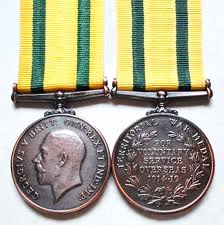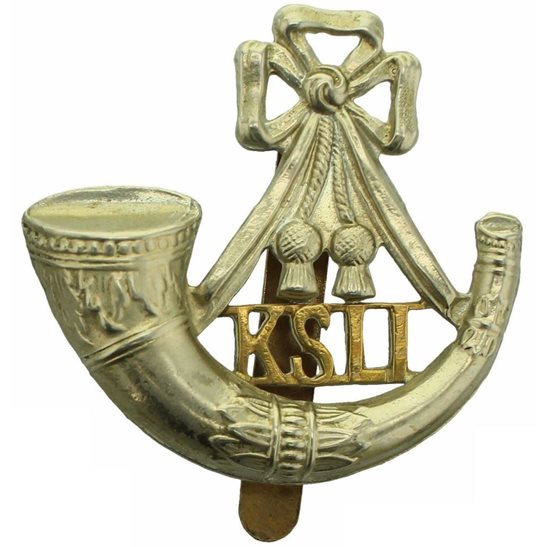Personal Details
Born: 12 June 1893 in Whitchurch, Shropshire.
Family: He was the second son of Charles Leonard Blencowe, a baker, and his wife Margaret Winifred, nee O’Hara. His siblings were William, Catherine, Charles, Frank, Percy, George and Harry. He married Cicely Challenor in Quarter 3 1920 in Whitchurch, Shropshire. They had three children, Envis, Gerald and Ivor.
Residence: On the 1901 Census the family were living at 43 Yardington Street, Whitchurch, Shropshire. By 1911 the family had moved to 30 Bargates, Whitchurch, Shropshire. This was address shown on the Spring 1919 Absent Voters List. Sometime after his marriage in 1920 the family moved to 7 Dunkirk Lane, Ellesmere Port, Cheshire, the address shown on the 1939 Register. He was still at the same address at the time of his death in 1977.
Employment: On the 1911 Census his occupation was said to be an apprentice plumber but by 1939 he was a platelayer.
Died: 30 March 1977 in Ellesmere Port, Cheshire, aged 84.
Military Details
Regiment: King’s Shropshire Light Infantry
Rank: Corporal
Service Number: 200318 (previously 1746)
Date of Enlistment: Not known
Date of Discharge: Not known
Reason for Discharge: Not known
Other Information: His brothers Frank, George, William and Percy also served in WW1. Percy was killed in action in Belgium on 8 July 1917 aged 20. The other brothers survived the war. His youngest brother Harry enlisted but after two months was found to be under age and was discharged. He subsequently rejoined the Army but we have no record of the actual date.
Albert was awarded the Campaign Medals (British War Medal, Victory Medal) and the Territorial Force War Medal.

The British War Medal (also known as 'Squeak') was a silver or bronze medal awarded to officers and men of the British and Imperial Forces who either entered a theatre of war or entered service overseas between 5th August 1914 and 11th November 1918 inclusive. This was later extended to services in Russia, Siberia and some other areas in 1919 and 1920. Approximately 6.5 million British War Medals were issued. Approximately 6.4 million of these were the silver versions of this medal. Around 110,000 of a bronze version were issued mainly to Chinese, Maltese and Indian Labour Corps. The front (obv or obverse) of the medal depicts the head of George V. The recipient's service number, rank, name and unit was impressed on the rim.
The Allied Victory Medal (also known as 'Wilfred') was issued by each of the allies. It was decided that each of the allies should each issue their own bronze victory medal with a similar design, similar equivalent wording and identical ribbon. The British medal was designed by W. McMillan. The front depicts a winged classical figure representing victory. Approximately 5.7 million victory medals were issued. Interestingly, eligibility for this medal was more restrictive and not everyone who received the British War Medal ('Squeak') also received the Victory Medal ('Wilfred'). However, in general, all recipients of 'Wilfred' also received 'Squeak' and all recipients of The 1914 Star or The 1914/1915 Star (also known as 'Pip') also received both 'Squeak' and 'Wilfred'. The recipient's service number, rank, name and unit was impressed on the rim.

The Territorial Force War Medal was a campaign medal awarded to members of the British Territorial Force and Territorial Force Nursing Services who served overseas in World War I; it is the rarest of the five British Great War medals.
The medal was established in April 1920 for award to members of the Territorial Force and Territorial Force Nursing Services who volunteered for service overseas on or before 30 September 1914, and served overseas. They had to have been serving with the force on 4 August 1914 or have completed four years service with the force before 4 August 1914 and rejoined the force on or before 30 September 1914.

